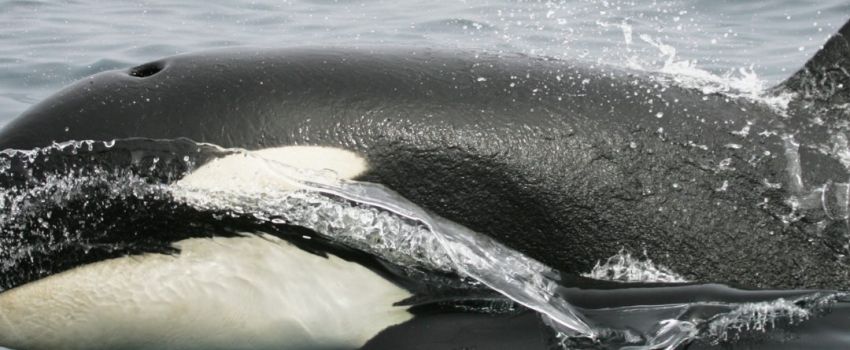What do humans and orcas have in common?
Beyond being mammals, we share an astonishing evolutionary trait: We are part of a rare club that experiences menopause. Others in our group include narwhals, belugas, and short-finned pilot whales.
Why do such vastly different creatures share this trait?
We do not know, however; research suggests menopause evolved to boost species survival and longevity, allowing older females to support future generations. This is called the grandmother hypothesis.
Orca Social Structure
Orcas live in matriarchal pods, where male and female offspring remain with the group throughout their lives. Grandmother orcas provide intergenerational support for their grand-calves, boosting the entire pod’s survival and ultimately helping future generations.
- Menopausal whales live decades longer, seeing their grandchildren mature, whereas non-menopausal whales die much earlier.
- This extended life doesn’t apply to males, who prioritise mating with multiple partners over family care.
- Adult male orcas are more likely to survive when their mothers are present.
This parallel evolution in humans and toothed whales reveals how menopause evolved to boost intergenerational support and survival. Perhaps menopause is a superpower in improving the security of our species.

